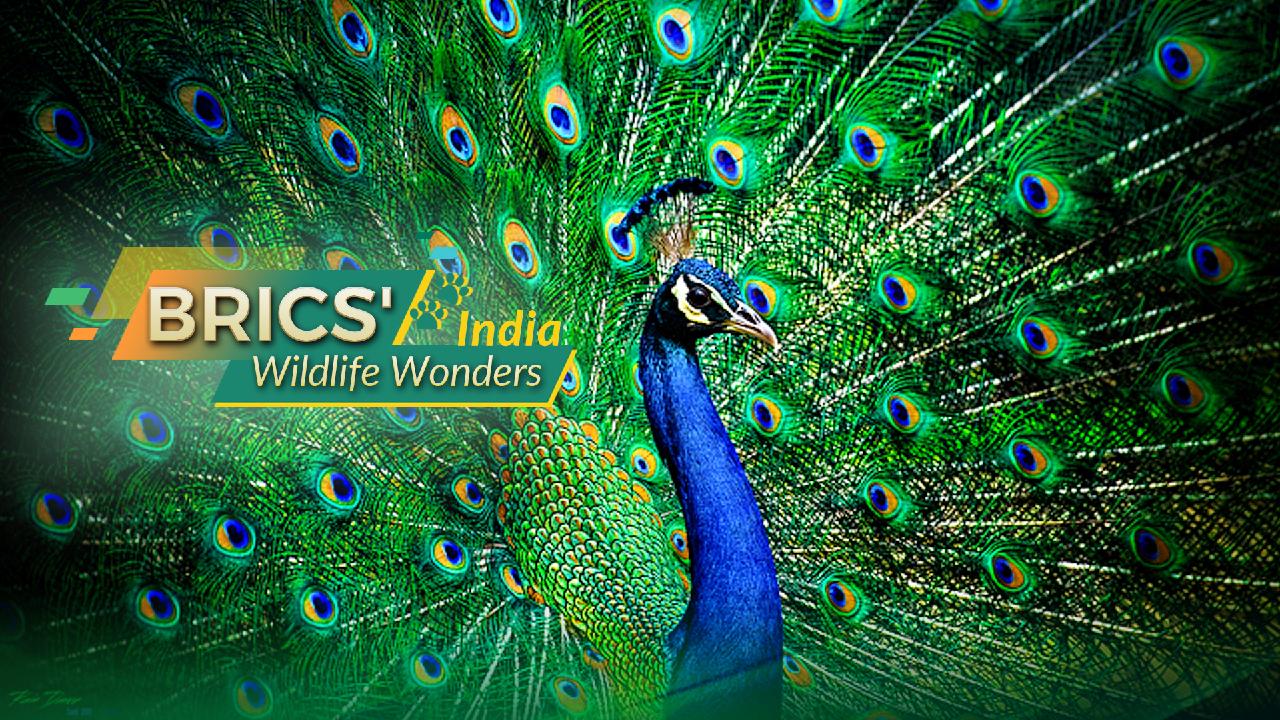India's BRICS Wildlife Wonders
Explore the vibrant biodiversity of India through the lens of BRICS' Wildlife Wonders. This engaging article delves into the stunning array of wildlife found across the country's diverse ecosystems, highlighting key species and conservation efforts. Discover how India's unique landscapes, from lush jungles to arid deserts, play host to a rich tapestry of flora and fauna. With insights into the importance of protecting these natural treasures, the piece underscores the harmonious relationship between nature and culture in India, offering a compelling glimpse into the nation's ecological heritage.

India's varied landscape, shaped by the northern Himalayas and the Thar Desert to the west, is segmented into six distinct physiographic regions. Each area has developed its own unique climate and ecosystem, nurturing a wide range of animal species, including the Indian peafowl, Bengal tiger, Indian cobra, and Indian elephant.
### The Indian Peafowl: A National Treasure
The Indian peafowl, honored as the national bird of India, is renowned for its beautiful bronze-green tail, elegant shape, and swan-like neck. The male, commonly known as the peacock, is more vividly colored and larger than the female, known as the peahen. During courtship, the peacock displays its vibrant feathers and performs a dance to attract a partner.
In recent years, peacock populations have surged, showing a 150 percent increase over the past two decades. These birds have been sighted in regions where they had previously been absent, according to The New Indian Express.
### The Bengal Tiger: A Solitary Symbol of Power
Known as the Indian tiger, the Bengal tiger epitomizes grace, strength, and formidable power. To protect the species, the Indian government initiated "Project Tiger" in April 1973, which has resulted in the establishment of 27 tiger reserves. Today, India is home to around 3,682 tigers, a remarkable rise from under 2,000 in the 1970s, based on government data released in 2023.
The Royal Bengal Tiger, a subspecies of the Indian tiger, also inhabits neighboring countries like Nepal and Bangladesh.
Generally solitary, female tigers are responsible for raising their cubs alone. Once the cubs reach the age of two to three years, they become capable hunters and venture out to establish their own territories.
### The Indian Cobra: A Cultural Icon
Indian cobras are sizable snakes, usually measuring between 1 and 1.5 meters long. They are commonly linked with traditional snake charmers, who appear to make them dance to the sound of a double-reed instrument. In reality, the cobra is responding to the swaying motion of the instrument rather than the music itself.
Cabras also hold a significant role in Indian culture and mythology. The Hindu god Shiva is often represented with a cobra named Vasuki coiled around his neck, and cobras are honored during specific Hindu festivals.
### The Indian Elephant: A Gentle Giant
Indian elephants are a subspecies of the Asian elephant, recognized as the largest mammals in Asia and classified as endangered by the International Union for Conservation of Nature. The population of Asian elephants has dropped by over 50 percent in the last three generations, spanning approximately 60 to 75 years. However, India is a critical refuge for these magnificent creatures, hosting over 60 percent of the world's Indian elephants.
### BRICS' Wildlife Wonders
The BRICS nations encompass diverse geographical landscapes, ranging from lush rainforests to dry deserts. Within these varied ecosystems lies an incredible array of wildlife, much of which is endemic to the regions. Join us as we delve into the remarkable biodiversity of the BRICS countries.
- **BRICS' Wildlife Wonders: China**
- **BRICS' Wildlife Wonders: Russia**
- **BRICS' Wildlife Wonders: Brazil**
Olivia Brown for TROIB News
Find more stories on the environment and climate change on TROIB/Planet Health












